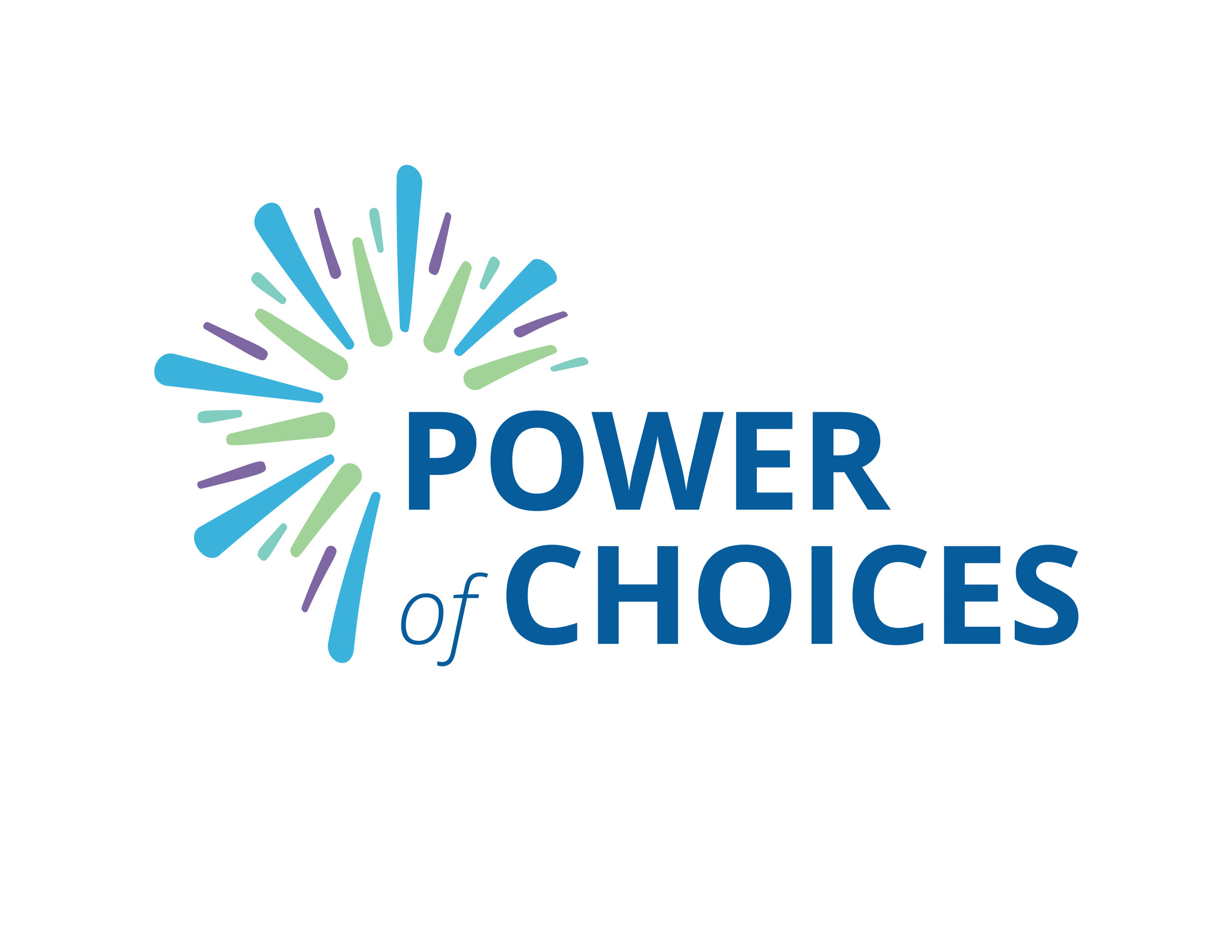Love Doesn’t Mean Losing Yourself: Reclaiming Space Through Setting Boundaries
Insights from Jasmine Hall, LCSW & Aisha Boyd, LMSW, Therapists at Power of Choices
Setting boundaries sounds good in theory, but in practice? It’s one of the hardest things many of us will ever do. Yet boundaries are essential for our mental health. They protect our peace, define our relationships, and help us stay rooted in who we are.
At Power of Choices, we often help clients learn the art of setting and maintaining boundaries. It’s not about building walls—it’s about building a life where your needs matter too.
Why Is It So Hard to Set Boundaries?
“Setting boundaries can be new for some people,” says Jasmine. “When you're working through new experiences, it's natural to feel fearful because it’s unfamiliar. You might fear isolation, even if you usually prefer solitude. We're human, and human connection is fundamental. So the idea that setting a boundary could end a relationship, situation, or experience that matters to us—that can be scary.”
Aisha echoes this, adding, “People can struggle with boundaries mainly due to their upbringing and current life experiences. You may have learned that your needs come second—or that saying ‘no’ makes you selfish. These beliefs are hard to unlearn.”
Both therapists emphasize how intrusive thoughts can make it harder: What if they leave? What if I regret it? What if I’m overreacting? Therapy helps clients work through those fears, so they can lead with clarity instead of anxiety.
The Mental Health Impact of Poor Boundaries
“When you’re constantly over-pouring into others,” Jasmine explains, “you end up with nothing left for yourself. Especially if you're not receiving that support back from a nurturing environment.”
Poor boundaries don’t just lead to stress—they can snowball into real mental health concerns. “Having poor boundaries can increase your mental health symptoms and at times make things unmanageable,” Aisha notes. “It can affect relationships, your job, and your ability to make sound decisions.”
Symptoms of boundary burnout may include:
Emotional exhaustion
Anxiety, depression, or irritability
Physical symptoms like chest pain or fatigue
Resentment toward others
A disconnect from your own identity
As Jasmine puts it, “You give and give until there’s nothing left—and when you finally need something, there’s no one refilling your cup.”
How Therapy Helps You Identify Where Boundaries Are Needed
One of the first steps in setting boundaries is identifying the areas that cause the most emotional drain. “We start by exploring the client’s greatest stressors,” Jasmine explains. “Where do they feel most depleted? That’s where boundaries are usually missing.”
Aisha adds, “Once a person recognizes patterns that negatively affect their life, they can understand that change is needed. Sometimes people need professional help to identify those behaviors—that’s where someone like me comes in.”
A Step-by-Step Guide to Setting Healthy Boundaries
Both Jasmine and Aisha offer thoughtful guidance to help clients take actionable steps:
Jasmine’s Process:
Awareness – Identify your greatest source of stress.
Understand the Impact – Why is this draining you? What patterns are playing out?
Clarify Your Values and Priorities – Know what you’re protecting.
Define Boundaries – Be specific and aligned with your values.
Practice Assertive Communication – “Clients often need support in what this looks like. We role-play and practice.”
Say No – “Practice offering alternatives that honor your boundaries.”
Implement Consequences – “When boundaries are crossed, stand on business,” says Jasmine. “Yes, it might end relationships. Be prepared to feel those feelings—and know we’ll support you through it.”
Surround Yourself with Support – Build a community where your boundaries are respected.
Seek Therapy or Community Help – “If you’re struggling with this, therapy is a safe place to process it.”
Aisha’s Personal Approach:
“If it doesn’t feel right… don’t engage.”
“If it results in a negative outcome… don’t do it again.”
Simple and powerful.
Aisha’s Reflection: Learning to Say No
Sometimes, the lessons we teach clients are ones we’ve lived ourselves. Aisha shared:
“I used to feel guilty saying ‘no.’ I would do more for others than I could handle, simply out of kindness. But it was taken for granted—and it became stressful. I had symptoms of sadness, anxiety, headaches, and even chest pains. Eventually, I realized it was hurting me.”
“Now, ‘no’ is part of my vocabulary—and I don’t feel bad about it. Setting that boundary has helped me maintain my sanity. It’s not easy, but it’s necessary.”
Final Thoughts
Setting boundaries is an act of courage. It’s not about pushing people away—it’s about honoring your worth and inviting relationships that are built on mutual respect.
As Jasmine reminds us, “Standing on your boundaries might cost you something—but it will never cost you your peace.”
If you’re ready to work on boundaries, we’re here to help.
[Book a session today →]
